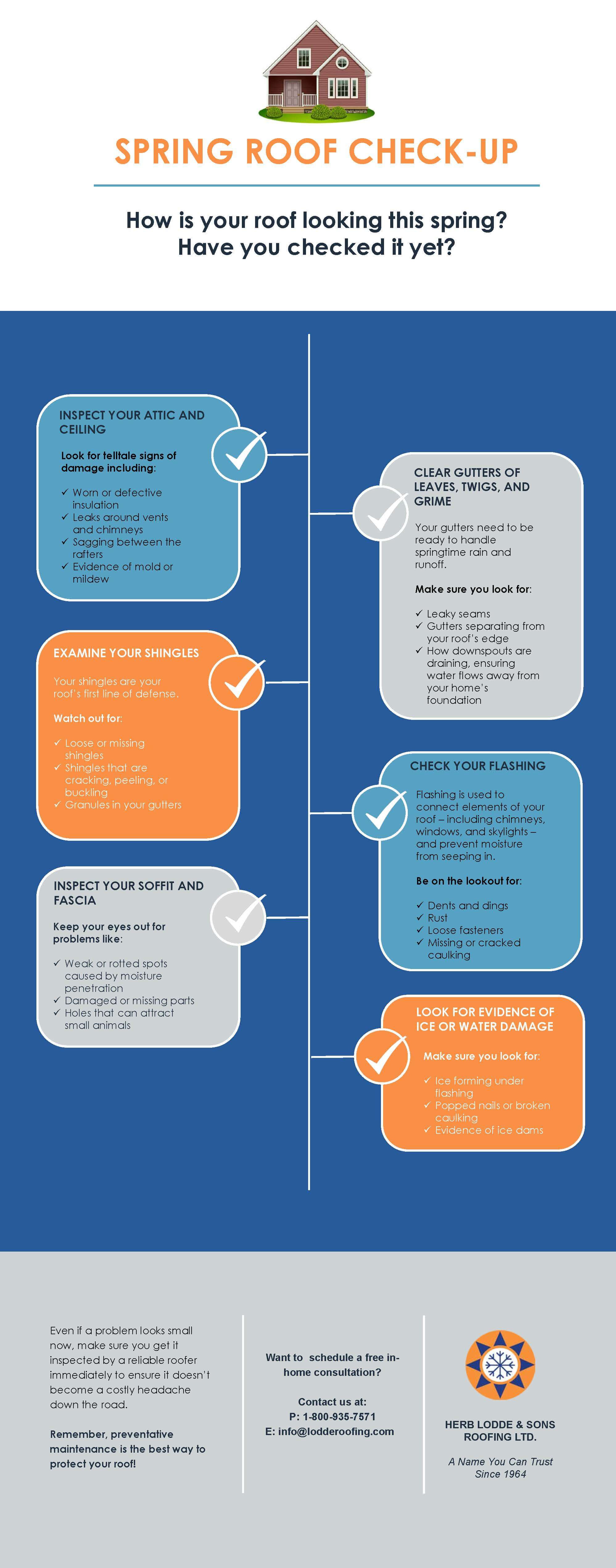Assess The Expenses And Benefits Of Solar Installment To Highlight The Possible Financial Gains For Those Exploring This Renewable Resource Remedy
Assess The Expenses And Benefits Of Solar Installment To Highlight The Possible Financial Gains For Those Exploring This Renewable Resource Remedy
Blog Article
Composed By-McMillan Larsen
When considering the expenses of solar installment, you could wonder about the ahead of time investment required and whether it aligns with the prospective lasting advantages. Recognizing the ins and outs of these expenditures and the various variables influencing the overall return can shed light on the value suggestion of transitioning to solar energy. By assessing both the preliminary configuration expenses and the projected financial savings over time, you can gain understanding into whether the investment in solar setup holds guarantee for your financial future.
Preliminary Setup Costs
When considering the expenses of solar installment, the first arrangement expenditures play an important role in your decision-making process. solar panels for residential home of time expenses consist of the rate of photovoltaic panels, inverters, mounting devices, and setup labor.
The cost of solar panels can vary depending on the brand name, efficiency, and dimension you select. Inverters are important for converting the sun's energy right into useful electricity and be available in different types such as string inverters, microinverters, and power optimizers, each with its own price implications.
Mounting equipment, such as racks and rails, is required to securely set up solar panels on your roof or residential property.
The installation labor expense covers the expert setup of the planetary system, guaranteeing that everything is established correctly and efficiently. Bear in mind that while these first arrangement expenses might appear high, there are frequently refunds, tax motivations, and financing alternatives readily available to aid offset the costs and make solar setup a lot more inexpensive over time.
Long-Term Savings Evaluation
To comprehend the economic advantages of solar setup in time, it's critical to carry out a thorough long-term savings analysis. While click this of photovoltaic panels might seem complicated, the long-lasting savings can exceed these costs considerably. By using the power of the sun to produce power for your home, you can possibly save hundreds of dollars on your utility costs over the life-span of your planetary system.
One of the crucial factors to think about in a lasting savings analysis is the reduction in your electrical power bills. With solar panels, you can produce your electrical power, lowering and even removing your reliance on the grid. This can bring about substantial financial savings, especially as utility rates continue to increase.
Additionally, numerous governments provide motivations such as tax obligation credit reports and discounts for setting up solar panels, further improving your long-lasting savings. By capitalizing on these rewards and optimizing your solar power manufacturing, you can appreciate significant economic advantages for several years to come.
Roi Calculation
Considering the monetary benefits of solar setup, it's time to analyze the Roi (ROI) estimation. Establishing the ROI includes comparing the complete expenses of setting up a planetary system with the financial benefits it creates over its lifespan.
To compute ROI, split the net profit from the system by the overall financial investment expense and multiply by 100 to get a percent. The ROI formula is: (Net Profit/ Total Amount Financial Investment Expense) x 100.
As an example, if the complete cost of setting up a solar system is $20,000, and over its life-span, it generates financial savings and profits amounting to $30,000, the net profit would certainly be $10,000. Dividing solar energy schools by the complete financial investment expense of $20,000 provides a ratio of 0.5. Increasing this by 100 offers an ROI of 50%.
Typically, a higher ROI indicates a much more economically fulfilling financial investment. Factors like federal government motivations, upkeep prices, and energy cost changes can influence the ROI of solar installations. Understanding the ROI assists in analyzing whether purchasing solar energy is worth it in the long run.
Verdict
In conclusion, understanding the prices of solar installation is critical for determining if it deserves the investment. By considering first configuration expenditures, carrying out a long-lasting savings analysis, and determining the return on investment, you can make an educated decision about the monetary value of solar power. With the potential for lowered utility costs and boosted energy freedom, buying solar setup can be a clever choice for both your wallet and the environment.
